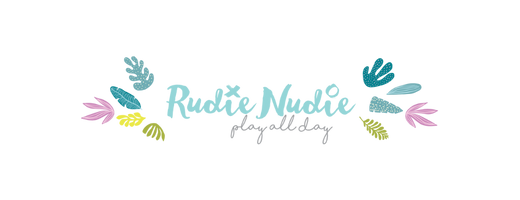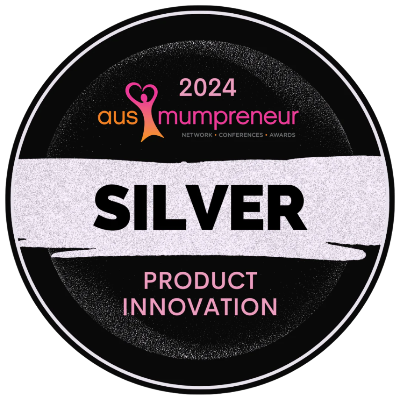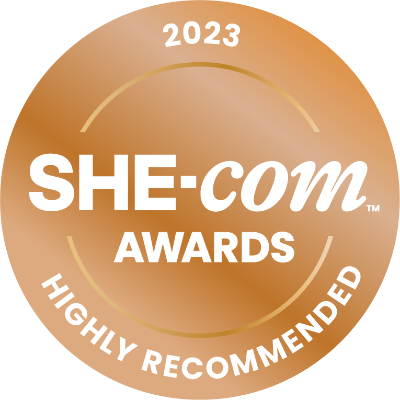We asked Beck from @learning_in_colour to write a blog for us on some alternatives to food-based sensory bases. Beck has also given some great ideas as to what we can use, plus tips for making food-based play last longer, all in the spirit of making play more sustainable.
Food-based sensory bases, such as rainbow rice trays, chickpea trays and play dough, are wonderful because they are usually taste safe, affordable, textural and biodegradable. However, many of us are conscious of food waste and are wanting to add some non-food-based options into our repertoire.
Here are 20 non-food sensory bases* you can try in your next play tray:
- Felt pompoms (synthetic or wool)
- Yarn pompoms (the larger kind that don’t fit in mouths)
- Gravel or rocks
- Sand (beach sand)
- Magic sand/kinetic sand (it has a mouldable consistency similar to wet sand, but dry)
- Cotton sand (stretchy like slime, but dry)
- Ribbons
- Shredded or crushed paper
- Dirt (gardening)
- Silks or fabric
- Fallen leaves or flowers from the garden
- Cotton balls
- Packing peanuts
- Ball pit balls
- Small toys like ooshies
- Small stuffed toys
- Lego/blocks
- Loose parts (grapat mandala pieces or counters)
- Beads (perler beads or threading beads)
- Paper pulp (shreded paper with added water)
*Please use discretion. Some of these suggestions are major choking hazards and/or completely unsuitable for mouthing babies and toddlers. Gradually expose your child to small items or loose parts, supervise closely and redirect mouthing behaviours before they happen, as a learning opportunity.
And here are some bonus, low-waste ideas:
- Water. Get outside and tip the water on your garden afterwards. Add some food colouring to the bath water at bath time. Ask the kids to help with washing up plastic plates and cutlery.
- Bubble foam (whip 1 cup water and a squirt of bubblebath until it thickens).
- Aquafaba (whip together the juice from your can of chickpeas with a spoon of cream of tartar).
- Egg shells. clean and dry out your egg shells after use. They’re fun for kids to crumble up in a mortar and pestle or crush with monster trucks in a tray. After use, sprinkle on your garden to keep snails away and to add calcium.
- Baking also provides so many wonderful sensory opportunities that work fine motor skills (mixing, pouring, rolling dough, cutting), numeracy (counting ingredients and quantities in recipes), and following steps in a recipe.
I absolutely agree that food based sensory play has a place, particularly for mouthing toddlers. Here are my sustainability tips for reducing food waste in play. The beauty of dry, non-perishable, food-based sensory bases (e.g. rice, pasta, chickpeas, lentils, seeds) is that they can be reused for years if handled thoughtfully.
- Ensure your little learner has clean and dry hands before/during play;
- Ensure bowls and utensils used in the play experience are also clean and dry;
- Avoid cross contamination with other sensory bases, particularly anything wet or sticky;
- A small tray is enough for single or small groups of children;
- Store sensory bases in dry, air tight containers, in a cool and dark location;
- A couple of different textures in your supply cupboard is plenty! Be resourceful. Be mindful and prioritise.
- Catch any spillage on a clean mat and tip back into your storage jar. Rudie Nudies work fabulously under sensory trays!
- Avoid using bases that would have to be single use.
- And if your food sensory bases are perishable, set up a “snacktivity”, so that the food is eaten. For instance, sliced fruit in a bowl of water can be snacked on, if the bowl, water, any utensils and hands are clean. Make sure you only prepare what will be eaten.
I hope you might be inspired to try a new and reusable sensory base in your next play tray! Happy playing.
Beck from @learning_in_colour
Mum of 2, play enthusiast who is always learning about how to be more sustainable in general life.








Comments
Absolutely love this article, thank you! Such good ideas. And during plastic free July! Love it!